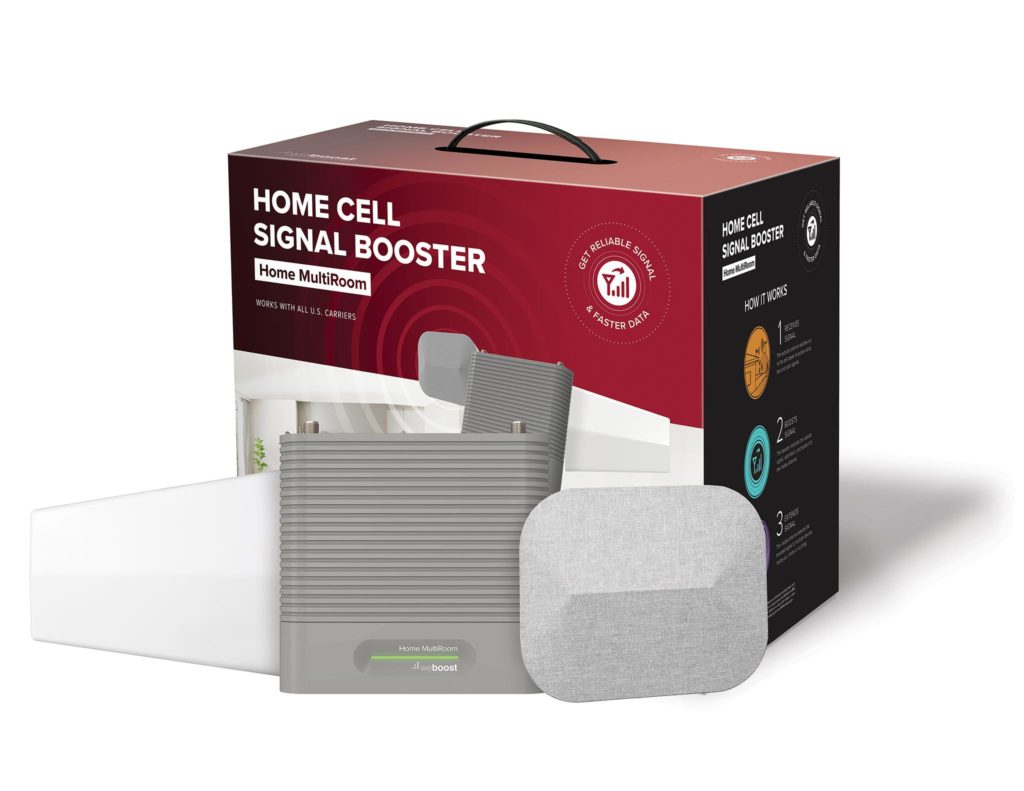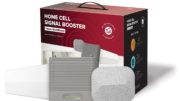Hey, remember these?

This was AT&T’s microcell. It was a common sight in the late 2000s and early 2010s. A lot of people got them for free if they had AT&T cell service and didn’t get any reception at home. While the part itself was discontinued about six years ago, the complete shutdown of AT&T 3G service means that these are now, simply, boat anchors.
The story of the microcell
A microcell, more properly called a femtocell in this particular case, was a neat piece of gear. It would take internet service and convert it into cell service. The range wasn’t that great, usually about 15-20 feet, but it did work. People liked the product, but AT&T stopped putting them in a while back.
Why? Because they rolled out Wi-Fi calling on nearly all of their phones. With Wi-Fi calling, you don’t need a microcell. You just connect to the router directly and get the same effect as if you had a microcell. This meant AT&T didn’t have to give away expensive equipment.
Except, of course, it wasn’t the same thing. With Wi-Fi calling, you have to connect to a router. This means either you need to give everyone your Wi-Fi password or you have to have a guest network in place for people. It’s less convenient. On the other hand, you can extend your Wi-Fi network with Wi-Fi repeaters and access points. This potentially gives you better service.
There might be a better option for you
In the years since AT&T started rolling out microcells, they’ve concentrated on covering up to 99% of populated areas with cell service. Not only that, but they’ve rolled out superfast 5G that might even be faster than your home internet. Have you found that you get reasonable cell service outdoors but still don’t get great service inside? It’s a common problem caused by the building materials in your home. Hardwoods, wires, and pipes all block signals pretty effectively.
Luckily there’s something you can do.

Cell phone signal boosters like the one you see above from weBoost take weak signal from outside, massively amplify it, and rebroadcast it inside so that you can use it. A typical booster costs less than one phone and can be used for every device in your home. Guests don’t need to sign into it, it’s just a way to give them good cell service. Today’s boosters will handle nationwide 5G signals and they’re a great value.
If you need help choosing the right cell phone signal booster, call the experts at SolidSignal.com or shop our great selection! When you call 888-233-7563 you’ll get an expert on the line who speaks your language and can help you choose the right booster. We’re here for you during East Coast business hours and we’re ready to help!





